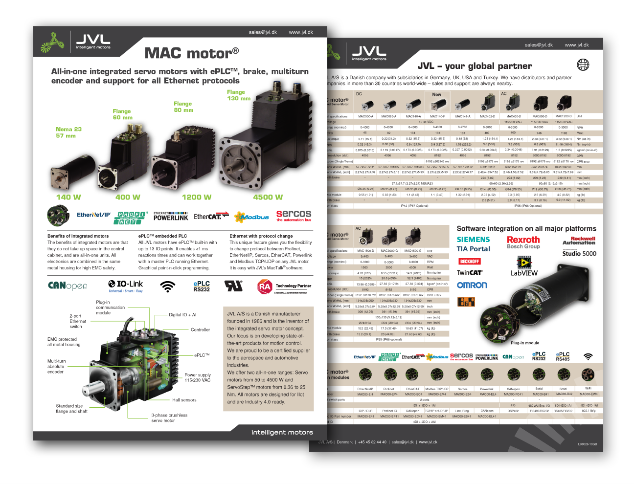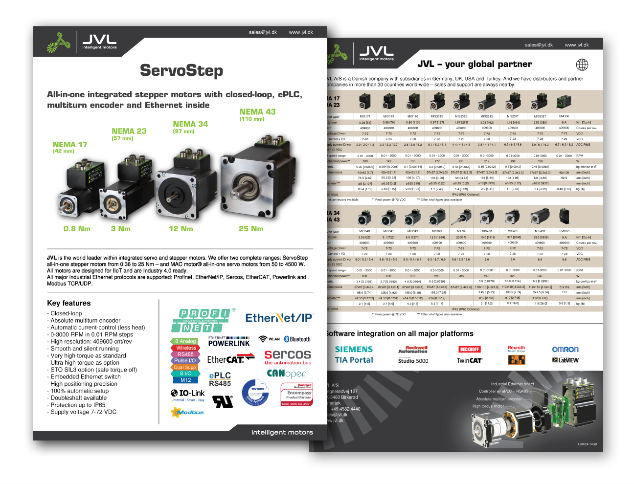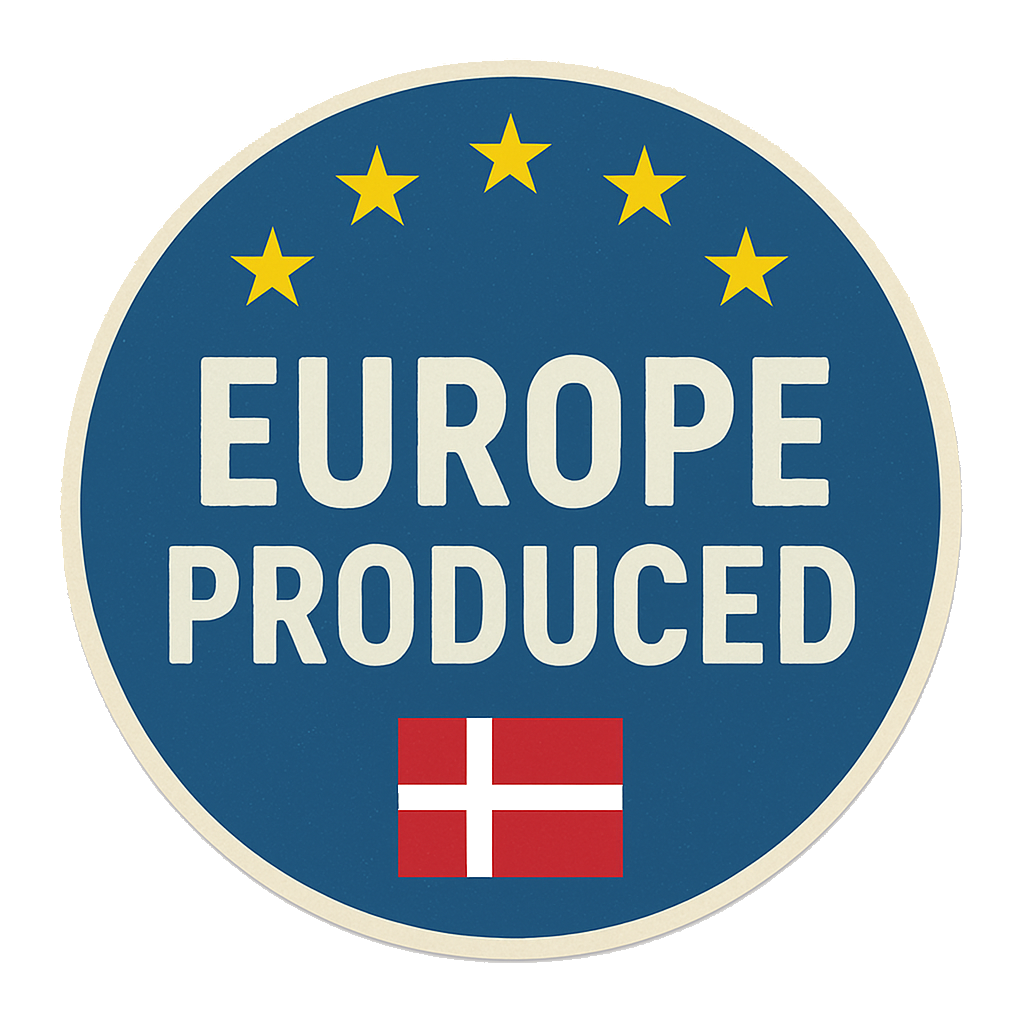
18th-century music recreated
|
JVL MAC motor drives drums for laser decoding of music from Danish King Frederik V's bureau
Tom Feilberg of The Royal Danish Collections and Ture Bergstrøm of The Danish Music Museum are in the process of a remarkable restoration of a bureau that once belonged to Danish King Frederik V.
The bureau, which is very large and only just fits in a 4-meter high room, was built in 1757 and executed in the Rococo style. The bureau contains numerous drawers, mirror cabinets and intarsia work. It was an extremely expensive undertaking for its day, and is known to have cost some 6500 Rigsdaler, a fortune at that time.
This bureau also contains a large music box which is mechanically driven by lead weights and contains two large drums with pins. When the drums rotate, the pins could open valves to 24 wooden flutes and activate a 38-string harpsichord. A selection of 14 melodies could be chosen for the flutes and 10 for the harpsichord.
In addition, the bureau contains a clockwork (without clock-face) which, driven by its own drum, activates a series of 12 trumpets to mark the time.
The bureau was constructed by the highly esteemed cabinet maker C.F. Lehmann from southern Germany, and the flutes, which are activated by artificial wooden mouthpieces, were made by German constructor G. Crone.
The music box is quite unique in that it is the earliest known type with more than one instrument and uses real wooden flutes instead of organ pipes.
The mechanism does not work anymore as the drums have suffered some damage and neglect over the years, are partially deformed and have become oval. The harpsichord is completely missing but a search is currently on to find it.
Tom Feilberg and Ture Bergstrøm have however embarked on decoding the music on the large drums so that it again can be recreated and heard more than 250 years after it was originally laid down.
To achieve this, the drums have been mounted on bearings and are rotated by a MAC140-A1 motor equipped with module MAC00-B1 and HTRG planetary gear. The drums are rotated at a rate of 0.5 RPM, which corresponds approximately to the original speed.
With each revolution, the location of a single row of pins around the circumference of the drum is determined with a resolution of 75000/revolution. This is achieved using a scanner from Scantech, who also supply the required software. The location of each pin is determined by the MAC motor’s encoder. When all consecutive 24 circular rows (in the case of the flute instrument) have been decoded, an electronic ‘image’ of the music is obtained. This is then exported in text format and thereafter converted to midi music-format. In the transformation, however, substantial mathematical correction of the data is required to compensate for defects in the drums.
At JVL, we have been very pleased and interested to take part in such a project, where the latest technology is being used to preserve part of our Danish cultural heritage. Already a large portion of the music hidden away in the drums of this beautiful antique has been recreated.
More information about:
 Excerpt of encoding on the drums. The individual position and duration can clearly be read and digitalized. |
|
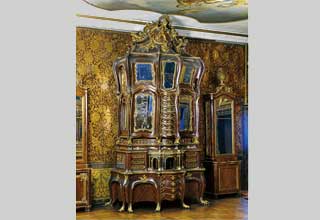 The bureau at Rosenborg Castle
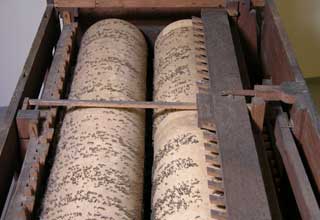 The two large drums for the flutes and harpsichord
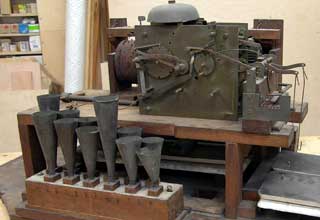 Trumpet work with the 12 trumpets
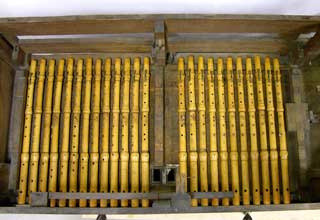 The 24 wooden flutes
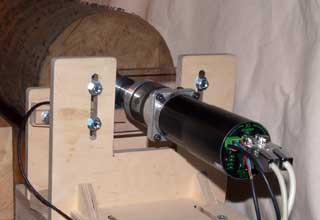 MAC motor and HTRG gear that rotate the drums |
JVL A/S Bregnerødvej 127 DK-3460 Birkerød Denmark
Tel: +45 4582 4440 Fax: +45 4582 5550 E-mail: jvl@jvl.dk
Tel: +45 4582 4440 Fax: +45 4582 5550 E-mail: jvl@jvl.dk




